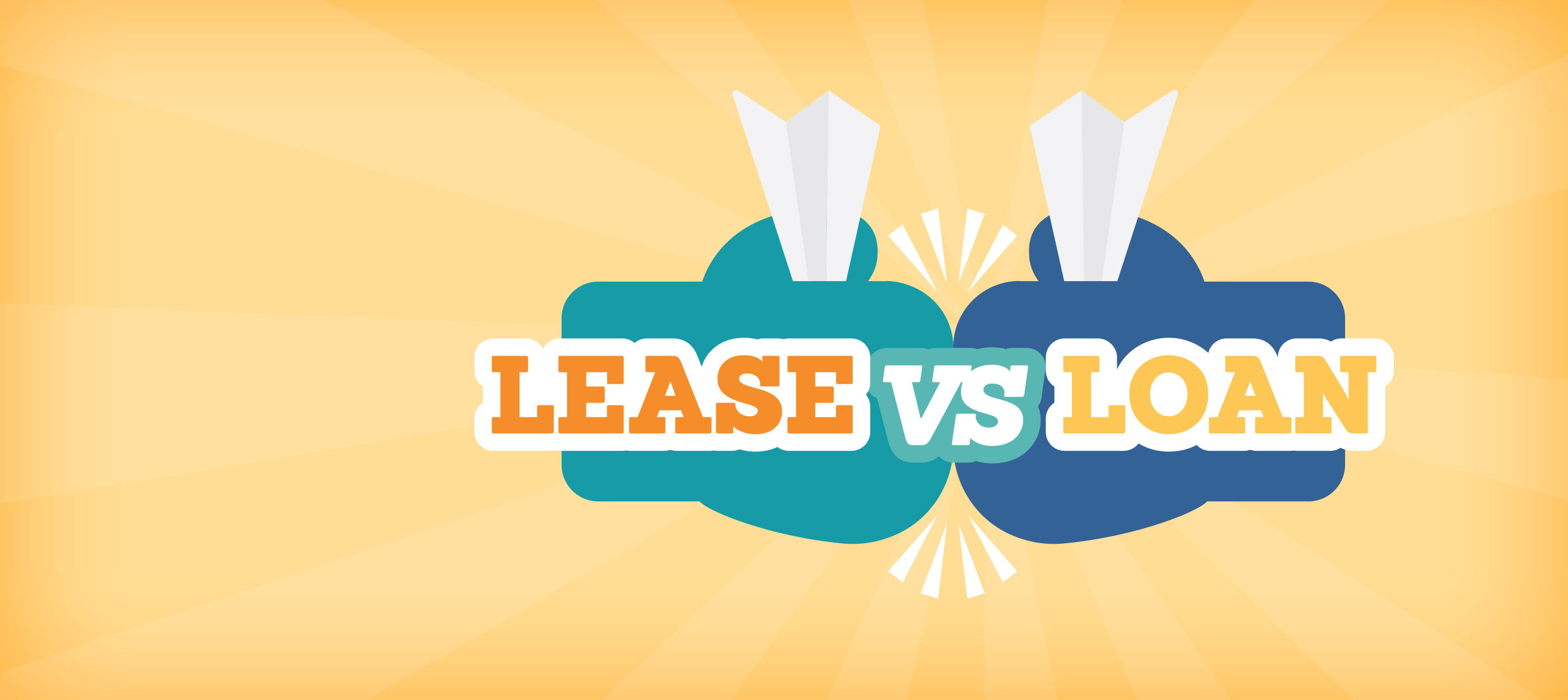
Lease vs. Loan
Compare the differences between an equipment lease and a loan with our comparison table and make the right equipment acquisition choice for your business.
See full post

By: Ryan Ruicci, Account Manager
Customers can’t afford new equipment all the time, despite the advantages it may bring to their business. Thankfully, financing is an option. It shrinks a significant investment into affordable instalments that fit within your customers’ budgets.
You already know all the advantages of leasing if you offer equipment financing to your customers. If you don’t offer financing, check them out and then read our Equipment Vendors page for more information. Either way, if you want to sell more equipment, equipment leasing will help.
Check out our top 10 tips that will help you utilize leasing to its full potential and help you bolster your bottom line.
Let’s say your customers need to upgrade their equipment. They know what equipment they need but the upfront cost scares them away; this is also known as sticker shock.
Paying upfront for equipment can deplete cash reserves or tie up lines of credit, but with financing, you can spread the equipment cost over years so it fits within your customers’ monthly or seasonal budget. Another added bonus: taking the focus off price eliminates the price barrier and leaves your customer free to focus on the features and benefits of your equipment.
When closing a sale with leasing, suggest two different leasing plans to your customers and ask which one they prefer. This will bring any uncovered objections to the surface and you can better tailor a lease to fit their needs.
Including additional features to your equipment sale with leasing won’t scare away customers. For example, a $500 equipment feature could add less than $10 to a customer’s payments over the term of a lease.
Some equipment lessors offer payment plans that delay your customers’ payments for a few months, sometimes known as Skip Payments. Here’s how it works: customers get your equipment now, you’ll get paid from the lessor and your customers will make payments when they put their equipment to work in a couple of months.
Framing your questions makes a difference. In our case, we’ve found the best way to know if the customer is ready to buy is to ask a series of opinion-based questions. Then, entertain a buying decision when your customers’ answers imply they’re ready to purchase.
For example:
Q. In your opinion, would a monthly payment plan or a semi-annual payment plan work better for your business?
An answer to the above question will provide insight to your customer’s cash flow cycle. From there, you can structure lease payments to better match your customer’s revenues. The goal here is to glean as much information as possible and then make equipment acquisition financially seamless.
Wouldn’t you love to have a device installed on your equipment that notifies customers when it’s time for an upgrade?
Lessors structure lease terms based on the technological life of the equipment and will speak with customers as leased equipment nears its lease expiry. This way, leased equipment has a much higher rate of upgrade in a shorter sales cycle.
Customers will get newer equipment more often and usually have similar lease payments. This means more repeat customers and increased sales for your company.
Customers acquire new equipment for one of two reasons: generate revenue or reduce costs. But there’s a financial disconnect here. Customers use equipment over time, generally years, yet some customers would rather pay for this utility in advance with capital or lines of credit.
Leasing allows your customers to match equipment costs to revenues. Payments are fixed for the term of the lease, and your customers get to keep their cash for other opportunities to grow their business.
You likely won’t lose sales because you quoted a customer a lease payment; however, you may lose a sale if you limit your customers’ financing choices.
Here are a few reasons customers may want to finance rather than purchase:
Your goal is to provide the right equipment solution to your customer. Shouldn’t you give them access to the right financial solution, too? With leasing, you can offer various solutions to meet your customer’s specific financial needs. Here are a few:
Show your customers how new equipment will improve their business. Newer, more efficient equipment could decrease costs and increase output. The money they save by having the latest technology may cover or exceed the cost of a monthly lease payment.
Now that you’re familiar with our leasing tips you can put them into action and start selling more equipment. Or, if you’d like to start offering financing for your customers, fill out the form below and we’ll contact you right away.
Posted in Equipment leasing advice,
Contact us and we'll call you right away